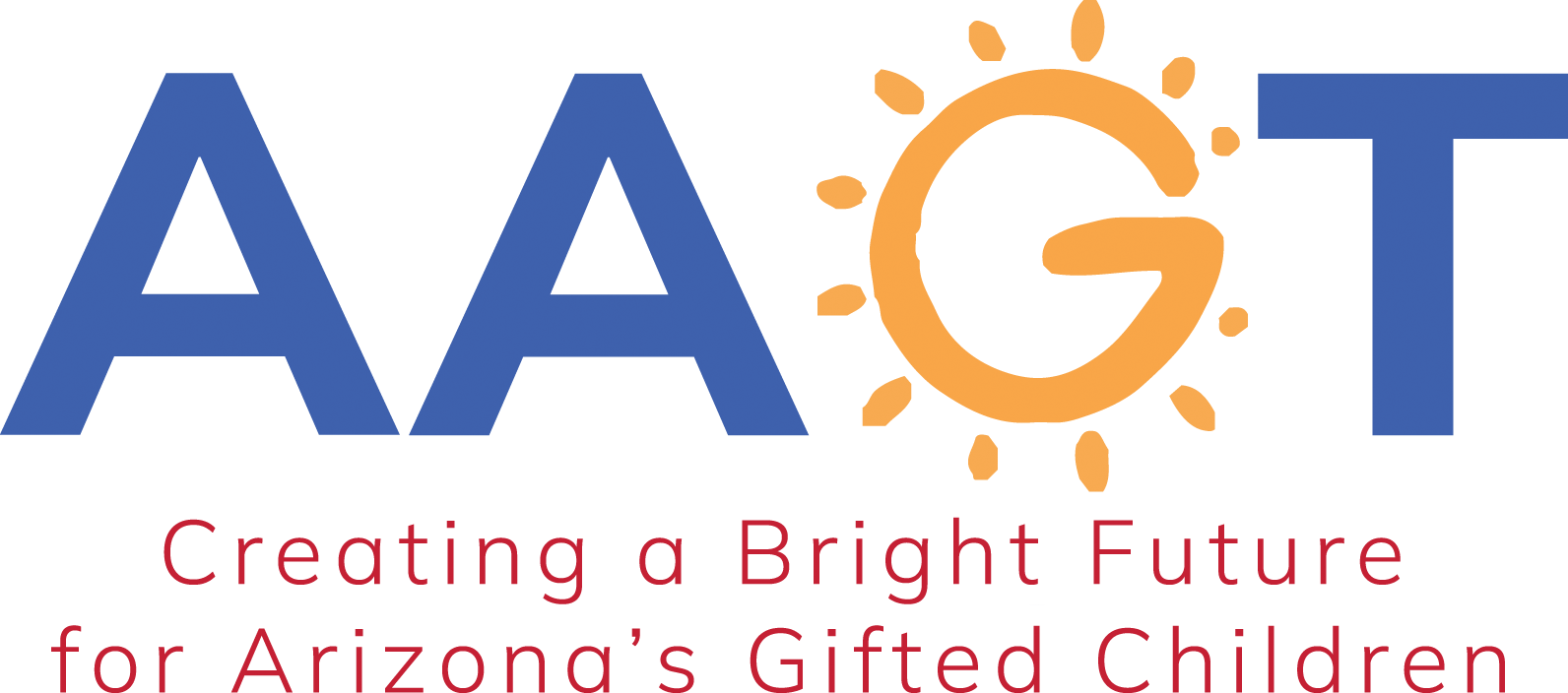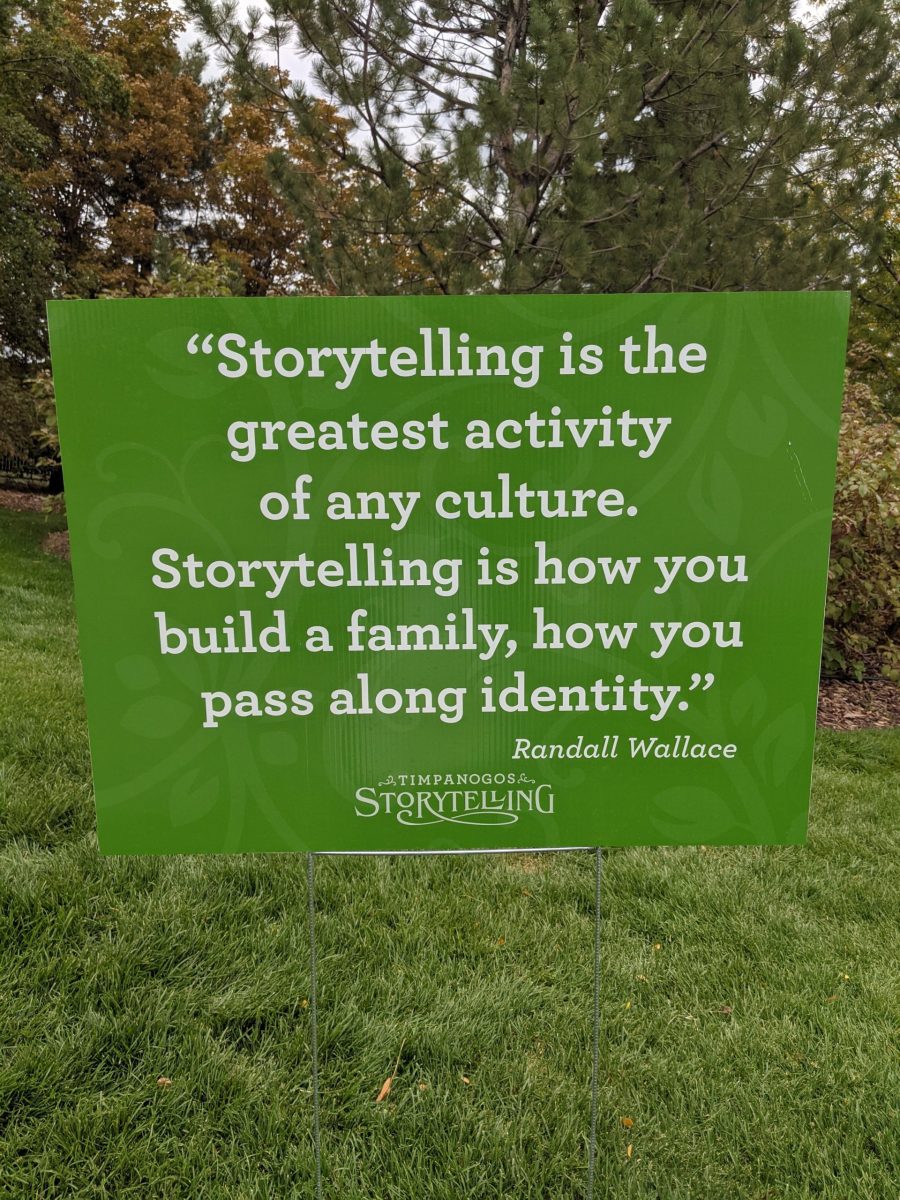Update - July 5, 2022 We just learned that each of the boys will be…
Interview with Madeline Rollins, 2023 National Youth Storytelling Showcase Participant
Madeline Rollins is a 17-year-old high school senior from Cave Creek, Arizona where she lives with her parents and seven siblings. As an avid learner, she is involved in many arts programs – theater, music, visual arts. She also was a recent participant in the 2023 National Youth Storytelling Showcase, and she will be telling her story at the 2024 AAGT Annual Conference.
In an interview with Stephanie Newitt, AAGT Board of Directors, Madeline talked about her love of storytelling and how it has impacted her life.
How did you feel when you learned you were chosen to participate in the 2023 National Youth Storytelling Showcase?
Madeline: I was so excited, so excited! I did it for 2022 and so I knew what to be excited for, so I was really, really pumped. 2022 was my first year.
How would you briefly explain the art of storytelling to someone who is new to the art?
Madeline: What I always tell people, because a lot of people don’t know this, is that storytelling is a little section of theater. It’s the same area of the arts. It’s essentially the ability to use your voice and facial expression. Even mime, like Antonio Rocha. You use tone and different aspects of your voice to present a story to people in an enjoyable way.
How did you become interested in the art of storytelling?
Madeline: During the Covid pandemic I was having a hard time sleeping. I was getting bored. I didn’t have anything to do and my dad suggested that I start listening to the Apple Seed podcast from BYU radio. I became very interested, just by listening to the storytellers. I became familiar with a lot of big names. Then it mentioned the Timpanogos Storytelling Festival on the podcast. My grandparents live right by Timpanogos and I said, “I know exactly where that is!” So, I Googled it just to see, because I was curious. At the top of their page there was a little tab that said, “National Youth Storytelling” and I clicked on it and then learned some stuff there and auditioned a year later.
What do you enjoy about the storytelling process?
Madeline: I love everything about storytelling. I love taking a story that is a part of me and sharing it with everyone else. I also love the connection that is forged with your audience while you’re telling the story.
What do you do to practice telling your story?
Madeline: I start by writing down my story multiple times and making changes as I go. Some storytellers don’t write down their stories, but I do. I then practice in front of a mirror and record myself. This last time, I tried something new that was really helpful: I recorded myself telling the final story and then listened back to it. This way, I could practice the story in my head even when I was in a quiet room. My story never comes out exactly the way I practice it, but I do learn some things along the way.
Sometimes it’s that connection you have with the audience that invites you to ad lib a little bit from your original plan.
Madeline: Exactly, you just have to feel it out. It’s part of the art. It’s very improv.
How do you find the concept for a story that you would like to tell?
Madeline: I look around me. I’ve been interested in comedy for a long time, and I think that the same thing applies to storytelling. I actually have a notes page on my phone where I write down stories that I hear. I try to choose stories that people enjoy, that I enjoy hearing, and that can build a connection.
This past September you performed your story as the opening act for Jennifer Munro and Bil Lepp, nationally recognized storytellers, at the Timpanogos Storytelling Festival in Utah. What was that on-stage experience like for you?
Madeline: I had an amazing time. I love being on stage, but this time I was a little more nervous because I had been sick the whole week leading up to the festival. I was worried that my voice wouldn’t hold up, so I was downing cough drops while I waited in the audience. But when I got up on stage, something strange happened. For the first time ever, when I was telling a story, I didn’t think about it. I just let it flow out of me. It was a really fun experience.
How has storytelling impacted your life?
Madeline: Storytelling has improved my listening skills, and it has helped me to connect with people of all different backgrounds. It’s also helped me to realize that we all have a story to tell, and that storytelling is one of the things that we have in common with every human being on this planet.
Was that something you expected to come into your life because of storytelling?
Madeline: I don’t think I expected to learn how to listen as a result of storytelling, but I did. It came from experiencing the connection I could forge with a large audience. Even with hundreds of people, I could still feel a deep connection. I realized this in my first year of storytelling. I like to perform and talk, but storytelling has helped me to sit down and simply listen.
How would you like to use storytelling in your future?
Madeline: Storytelling is a natural part of who I am, and I know I will use it throughout my life. It helps me connect with people of all backgrounds, even those who are very different from me. Stories are a universal human experience, and I believe that storytelling can help bridge divides and connect people on a deeper level. I want to be able to use storytelling to help people hear and share their stories, and to build stronger connections with each other.
What advice would you give to other youth who are interested in learning the art of storytelling?
Madeline: I would say that storytelling is something that everybody can learn. It’s not difficult, and it’s something that helps you in lots and lots of things. If you’re interested in storytelling, just try it out. It’s a human thing to do.
“Madeline Rollins is an inspiration to young storytellers everywhere. She is proof that anyone can learn to tell a story, and that storytelling can have a positive impact on your life.”





